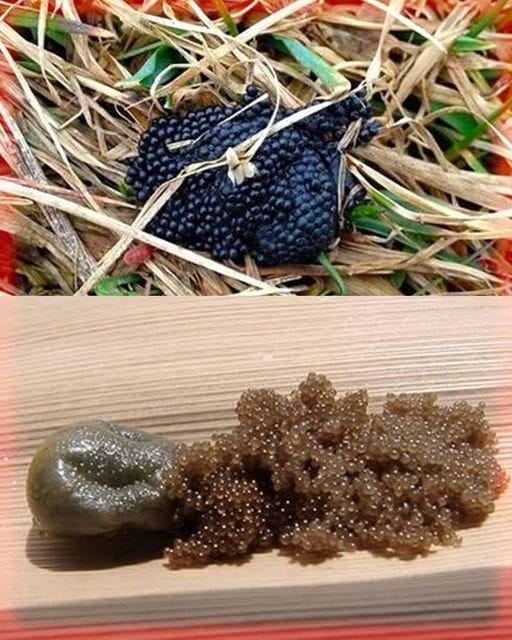Encountering tick eggs in your garden is a concern that should not be taken lightly. Ticks are known to carry disease, and their eggs, often found in sheltered outdoor spaces, can be the start of a problematic infestation. This comprehensive guide aims to provide you with the essential knowledge and steps to effectively identify, handle and prevent tick eggs.
Identification of tick eggs
Tick eggs are tiny and usually measure about 0.5 mm in diameter, the size of a poppy seed. They are usually oval or pear-shaped with a translucent or slightly whitish appearance, although this can vary slightly depending on the species of tick. Tick eggs are often laid in clusters and attached to vegetation, fallen leaves, or other surfaces close to the ground. As they mature, they may become more opaque and take on a color closer to that of the adult tick of the species. The eggs generally have a smooth, shiny texture and their color can vary from pale yellow to light brown.
The dangers of tick eggs
The main concern about tick eggs is the possibility that they will hatch into larvae, which can carry diseases like Lyme disease and Rocky Mountain spotted fever. It is essential to handle tick eggs carefully to prevent the spread of these diseases.
Continued on next page (page 2)
